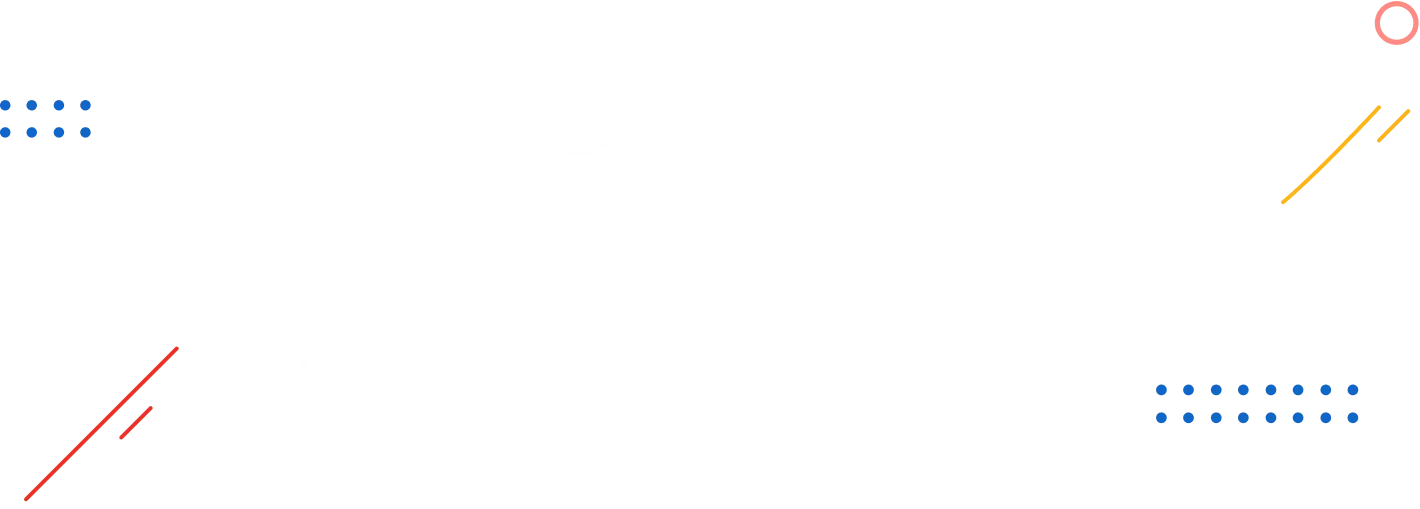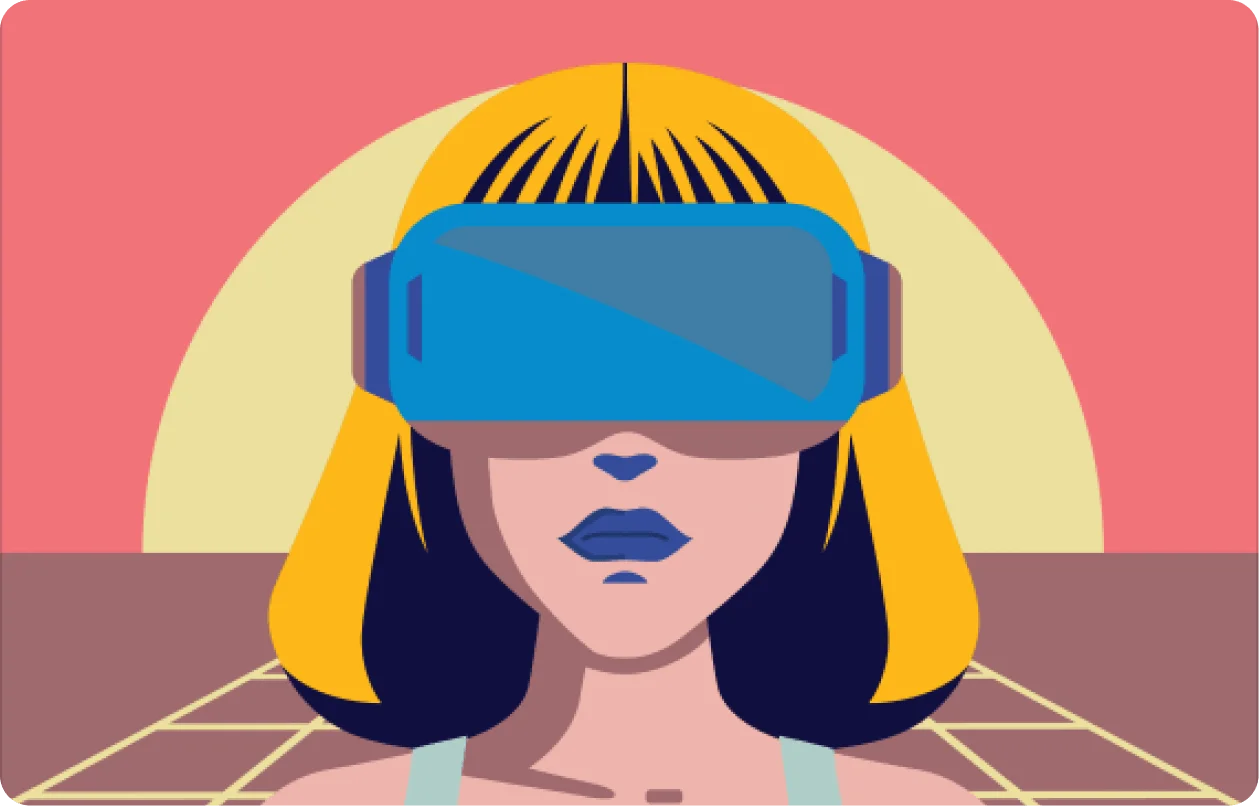Today, forward-thinking companies realize that global capability centers are capable of much more than just providing back office and business support – they can become powerful Centers of Excellence and innovation hubs. Mukta Arora, Managing director of Elanco’s Innovation and Alliance Center in India, outlines how to unlock this untapped potential
For the last decade, Mukta Arora has been a driving force of success for two renowned organizations: Eli Lilly and Company (GCC) and Elanco. Her recipe for achievement? Creating strong ties between key stakeholders while fostering an environment that allows individuals to reach their highest potential.
What are the hallmarks of a successful GCC?
It has to be an integral part of the global organization. I always say that we don’t build islands of excellence; we build centers of excellence. And, from a geometry standpoint, the center is at heart, right?
GCCs have to deliver value. While we save millions of dollars each year to help the organization achieve its financial targets, this invaluable impact of transformation, new technologies, and digitalization creates an enviable future for the organization. People have graduated from the back office / shared service concept to a capability and value acceleration concept for GCCs. They are becoming essential engines for transformation and change. More and more Fortune 500 companies have made GCCs an essential part of their growth strategy and are under CEOs’ direct governing line.
Ensuring this vision is also experienced by employees requires a specific culture and workflow. We’re building bridges all the time. Stakeholders need to understand that those working at the GCC are a highly capable talent pool with the potential to transform the company for tomorrow and not just fulfilling back-office tasks; the employees here need to feel that they are shareholders in the company’s success and can change its future for the better. I want to ensure that our talent is recognized as global talent. That’s why we have started exporting talent from here to the global headquarters and vice versa. This talent exchange helps with integration among the business while providing the business context to our top talent.
Innovation is also incredibly important. The GCC is not a global work center. It’s not a service center; it’s a capability center, which means you must add value through innovation and continuous improvement.
How can businesses break barriers with their GCC to establish it as a global innovation center rather than just a back-office operation?
We start small. We must try out new ideas to see if they work for everyone. Here at our GCC, we have a multi-generational workforce that is very diverse. Different functional teams sitting together with each other and with technology experts, digital experts, etc., provide a great cohort for innovation. So, it’s a great testing ground where we can create a proof of concept and, very carefully, scale up the process and delivery of that process. This helps us optimize the way we work and improve productivity, which, in turn, leads to greater innovation.
How are those GCCs that leverage AI and analytics better poised for success? What type of insights can be achieved?
AI and analytics are competitive differentiators. It’s now standard practice to use data to improve sales force effectiveness and multi-channel marketing, for example, but it can do much more. For example, you can minimize adverse events by analyzing data from safety reports. You can analyze historical data to develop better drugs or create a better portfolio of products. The key is to move the organization to be driven by these insights rather than the traditional way of hit and trial. Then you start to see your leadership wanting more. Curiosity builds up because we now have the talent and tools to provide answers and make more effective decisions.
It’s not a quick process. But the more teams that make data-driven decisions and the more they communicate it, the more use cases you establish. It may take five to six years for an organization to see its whole value, but it can be transformational once they do.
What tips would you offer someone looking to take their GCC to the next level?
My first tip would be to focus on the long term. When creating a GCC, you need to take a long-term strategic view of how it will play a part in the overall organizational strategy. You’re not here to build the center and close it after five years. You’re not here to provide cost arbitrage for the short term. It’s about business value, so unless what you want to do is aligned with the organization’s long-term vision, I would say think twice. This includes talent – don’t use your people as objects. Instead, nourish them so that they can flourish in the organization. Give them career maps so they can see they are part of the long-term strategy.
My second tip would be to focus on stakeholder management and communication. Going back to my first point, you can be an island of excellence, but if it’s not connected, it’s useless to a global organization. Regular dialogue on managing and growing talent is key to building bridges and ensuring a feeling of oneness and a sense of identity that brings out the best in everyone.
Finally, I cannot stress enough how important employee engagement is. To care about their work, an employee must be engaged. The young talent of today needs to be heard. They need a psychologically secure environment where they are not dormant.
Using AI and automation, you can remove some of the manual, repetitive work and free up time to focus on your employees and give them the attention they deserve.
Part of achieving an environment where employees feel heard is focusing on diversity and inclusion. What successes do you realize with your D&I initiatives?
Today, we have one of the highest diversity ratios in the country – 43% of our employees are women, and about 40% of our leadership team are women. I’m proud because it’s all well and good to have gender diversity in the workforce, but what’s most important is to make sure this translates to the leadership decision-making team.
But diversity is the first step. Inclusion is the most important part and the most difficult. Inclusion is more than offering a women’s network or leadership support for our female employees. It is beyond gender. It’s about supporting diverse talent groups in all aspects of their life so they can thrive at work. This enables mothers and fathers with young children to manage work and life changes. It means championing these groups when they are not around by ensuring the wider team knows how hard they work. It also means we provide a safe environment for all genders to express themselves, all communities to integrate well, and all experiences from across industries to come alive as we transform our organization and make it future-ready.









